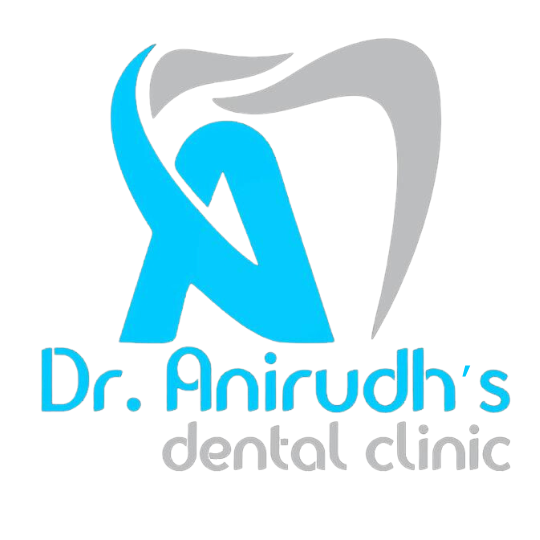
Partial dentures, also known as removable partial dentures or simply “partials,” are dental prosthetic devices used to replace missing teeth when some natural teeth remain in the mouth. They are designed to restore functionality and aesthetics by filling in the gaps created by missing teeth.
Partial dentures consist of replacement teeth attached to a gum-colored plastic base, which is usually supported by a metal framework. The metal framework helps provide stability and retention to the denture, allowing it to fit securely in the mouth. The artificial teeth are carefully crafted to match the shape, size, and color of the surrounding natural teeth, providing a natural-looking smile.
Here’s how the process typically works:
1. Initial consultation: You will have an initial consultation with your dentist to discuss your specific dental needs and determine if partial dentures are the right option for you.
2. Dental examination: Your dentist will conduct a thorough examination of your oral health, including the condition of your remaining teeth, gums, and jawbone. X-rays or other imaging may be taken to evaluate the bone structure and identify any underlying issues.
3. Impressions: If partial dentures are deemed suitable, your dentist will take impressions of your mouth. This involves using dental putty or a digital scanner to create a mold of your teeth and gums. The impressions serve as a basis for creating custom-fitted dentures that match the shape and contours of your mouth.
4. Design and fabrication: The impressions are sent to a dental laboratory, where skilled technicians will design and fabricate your partial dentures. They will create a wax model based on the impressions and ensure the fit and appearance are satisfactory before proceeding to the final fabrication stage.
5. Fitting and adjustments: Once the partial dentures are ready, you will return to your dentist for a fitting. The dentist will assess the fit and make any necessary adjustments to ensure optimal comfort and functionality. It may take a few appointments to achieve the perfect fit.
6. Instructions and care: Your dentist will provide instructions on how to wear and care for your partial dentures. It’s essential to follow these instructions to maintain oral hygiene, prevent damage to the dentures, and ensure their longevity.
7. Follow-up visits: Regular follow-up visits with your dentist will be necessary to evaluate the fit and function of your partial dentures. Adjustments may be needed over time as your mouth and oral tissues change.
Partial dentures can significantly improve your ability to chew and speak properly, enhance your smile, and prevent the shifting of remaining natural teeth. However, they do require proper maintenance and occasional adjustments to ensure their longevity and optimal performance. It’s important to maintain good oral hygiene by brushing your remaining natural teeth, cleaning the dentures regularly, and visiting your dentist as recommended.
